I had to be at the airport by 8am, and waking up at 4 in the morning was however, not for that purpose.
With the limited time I have before leaving Tokyo, I had to wake up early to make a quick visit to the world's largest fish and seafood market in the world, and it is right there in the heart of Tokyo.
My colleagues were kind enough to plan this to ensure that I could mark down one more local attraction on my visit list, and we arrived at the world famous Tsukiji Fish Market at 5.00am in the morning.

Tsukiji Fish Market (築地市場, Tsukiji shijō?) is not just the largest wholesale fish and seafood market in the world, but also one of the largest wholesale food markets of any kind for that matter.
The market is also known as Tokyo Metropolitan Central Wholesale Market (東京都中央卸売市場, Tōkyō-to Chūō Oroshiuri Shijō?); although most locals and tourists know it by the common name of Tsukiji Fish market.
The location of the market in Tsukiji which was right in the center of Tokyo also lent to the making up of the name of the market.
Due to its reputation, it is no wonder this market is a major tourist attraction in Tokyo as well.
I was fortunate that the market started its operations early in the morning and it was just the right time when I arrived there.
The crowds were already building, but not as busy at a later hour where most of the housewives would be out for their market shopping.
The busy folks would be the fishmongers who are busy setting up their stalls, and the packing of their seafood products for export.
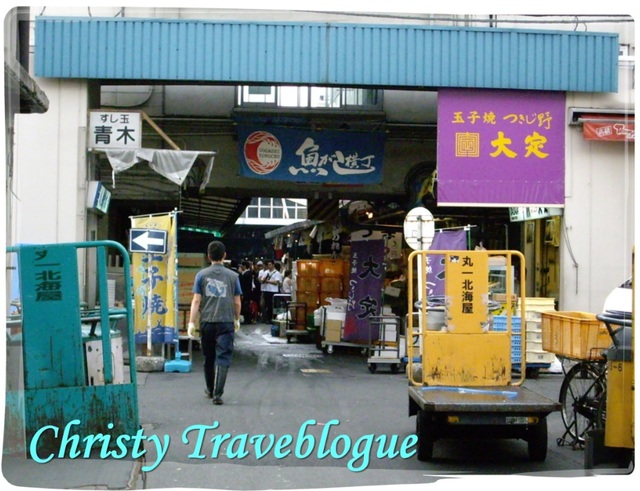
The skies were bright although it was barely 6am in the morning and it was a good thing too; thanks to the Land of the Rising Sun.
The market, it seems, opens at 3.00am on most of the days in the week; except on Sundays, observed holidays and maybe on selected Wednesdays.
There are two sections in the market; the outer market (jogai shijo) houses retail and wholesale shops and stalls, selling groceries, processed seafood for restauranteurs and sushi makers, kitchen supplies, etc.
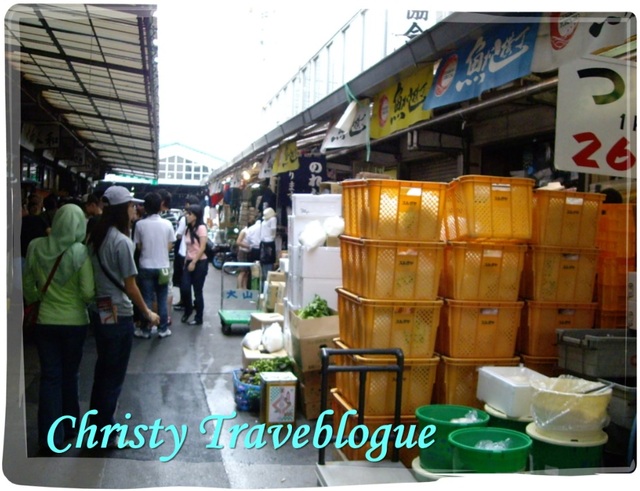
These shops would typically close by the afternoon.
The interesting sights lie in the inner market (jonai shijo) where most of the actions take place.
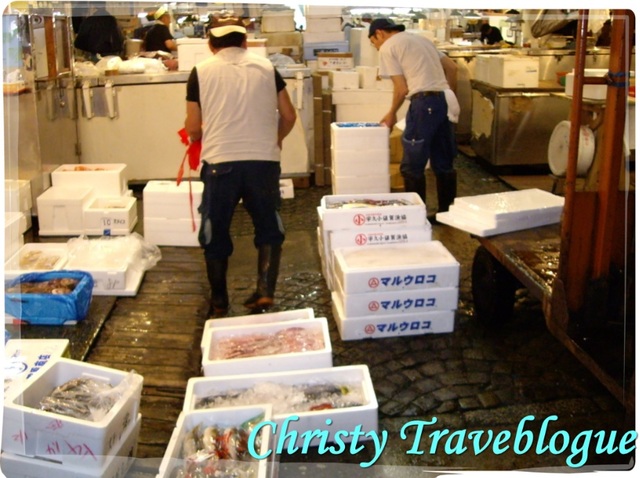
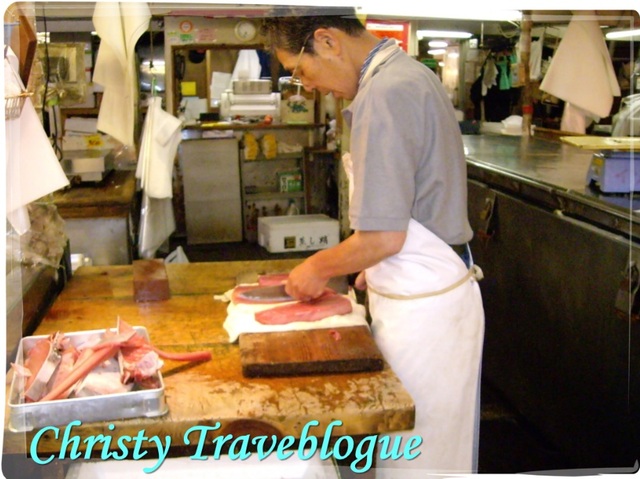
The small stalls were mostly operated by the licensed wholesale dealers and the processing and auctions for the fresh seafood and fish concur in this big wholesale fish market.

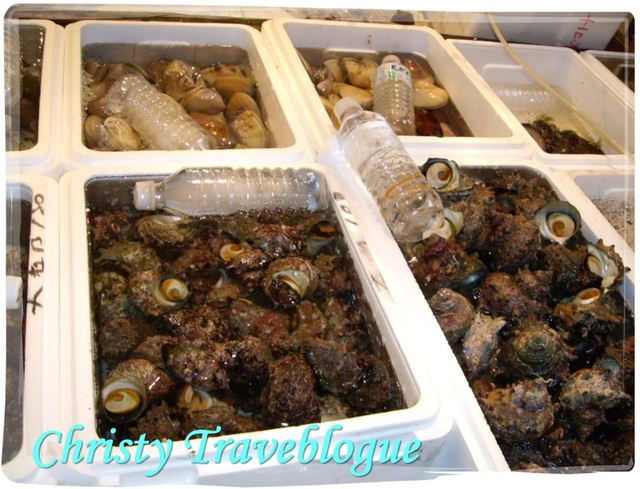
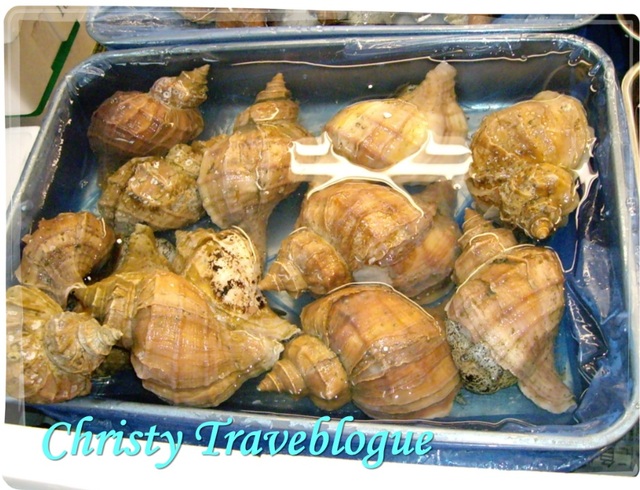

The market was really huge; there seemed to be endless stalls of fish and seafood products tempting buyers, and spoiling them with the choices (and prices) as these stalls form lines of rows one after another in the market.
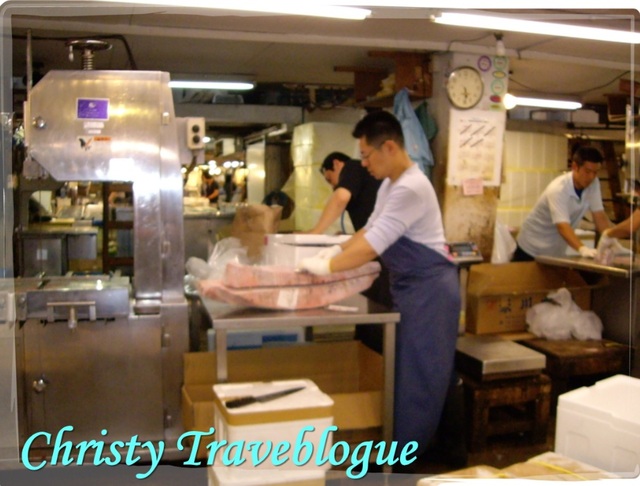
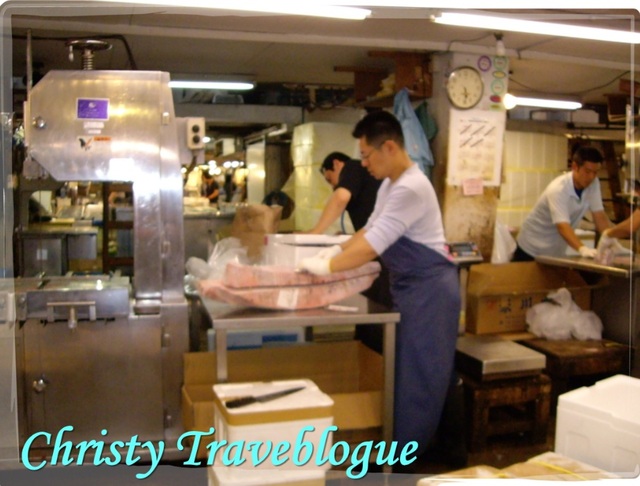
The fresh seafood were in abundance here; and it is no wonder, as Japan is also a large user of fish and seafood due to their large market of local Japanese favorites such as sushi and sashimi, which all requires fresh seafood.
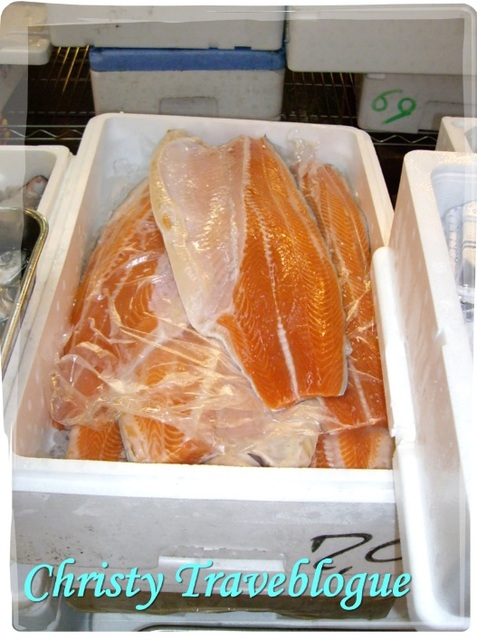




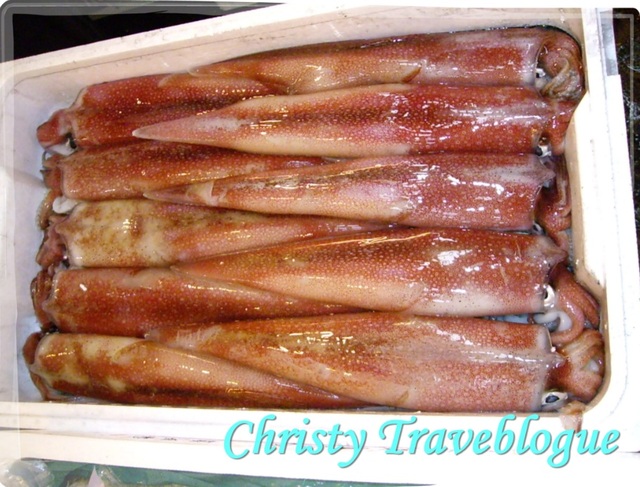
When I was there, the market was bustling with the activities; and the seafood dealers were busy shouting out to each other.
Well, it was actually part of the auction process which commenced at 5.20am, and only the licensed wholesale participants can bid in the auction.
The auctions would end by 7.00am, where most of the purchases (fish or seafood) would then be shipped to their intended destinations.
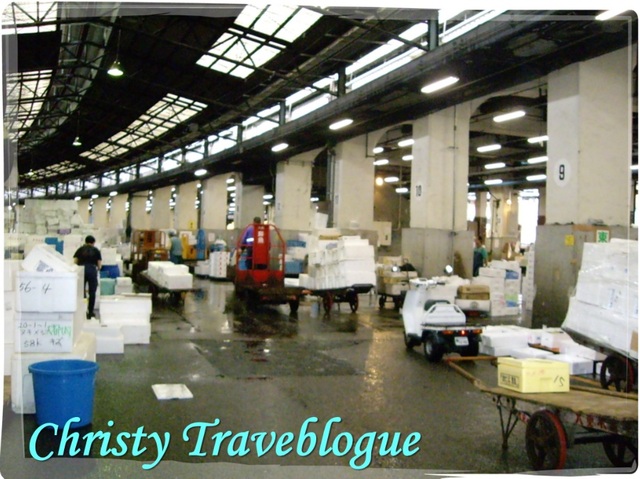
Tuna is the largest supply here; and I was told to keep an eye for the huge chunks of tuna available here.
It was not that hard to spot, as they were almost everywhere
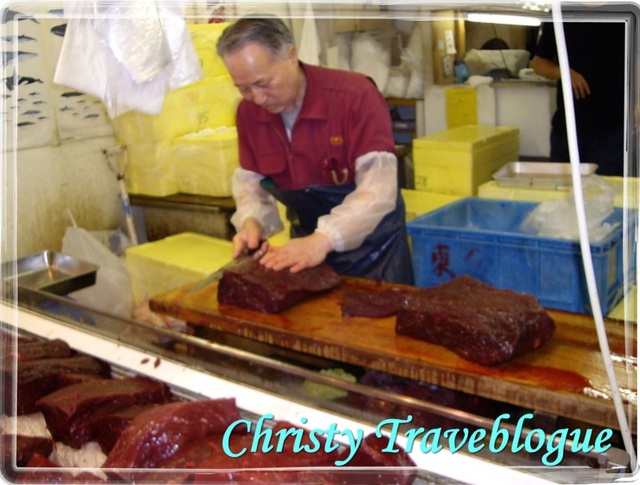
You could tell that tuna and salmon were favorites here; among the locals and also internationally.
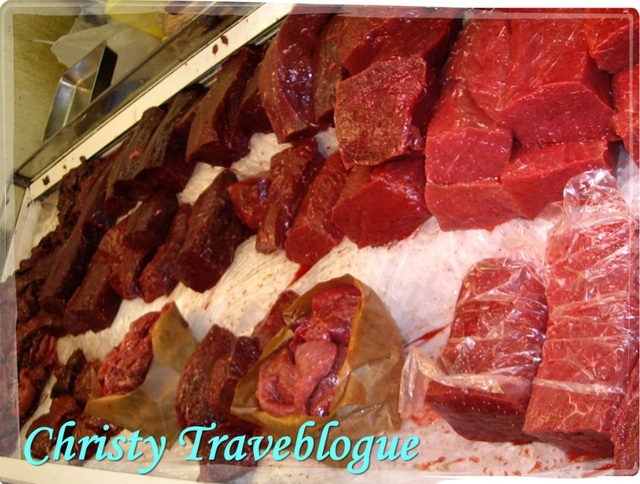
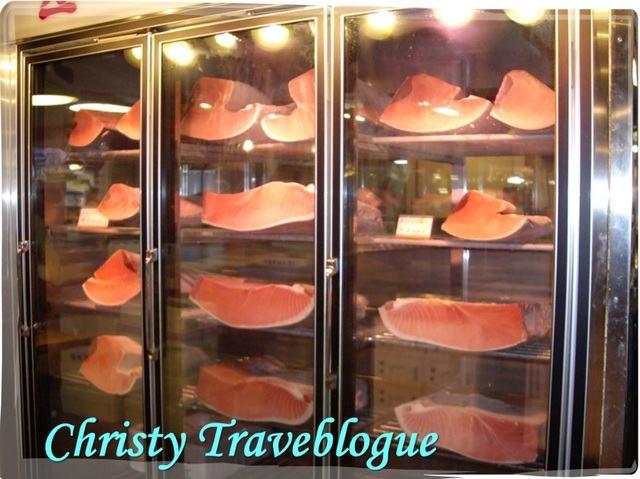
This fishmonger must be wondering what is so fascinating about cutting a fish
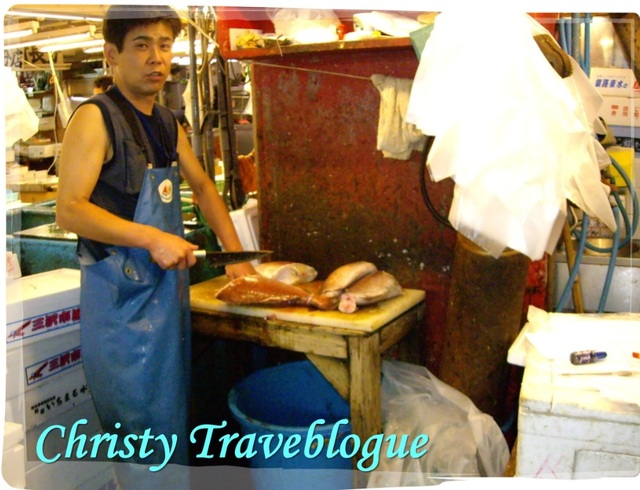
I may not be a big fan of wet markets, but the Tsukiji Fish Market was indeed an eye opener during my visit here.
It was definitely a recommended place for visit if you ever come to Tokyo!
Be sure to mark the Tsukiji Fish Market on your travel itinerary in Tokyo, and be early, you will be able to catch more action, trust me!~ :)

No comments:
Post a Comment